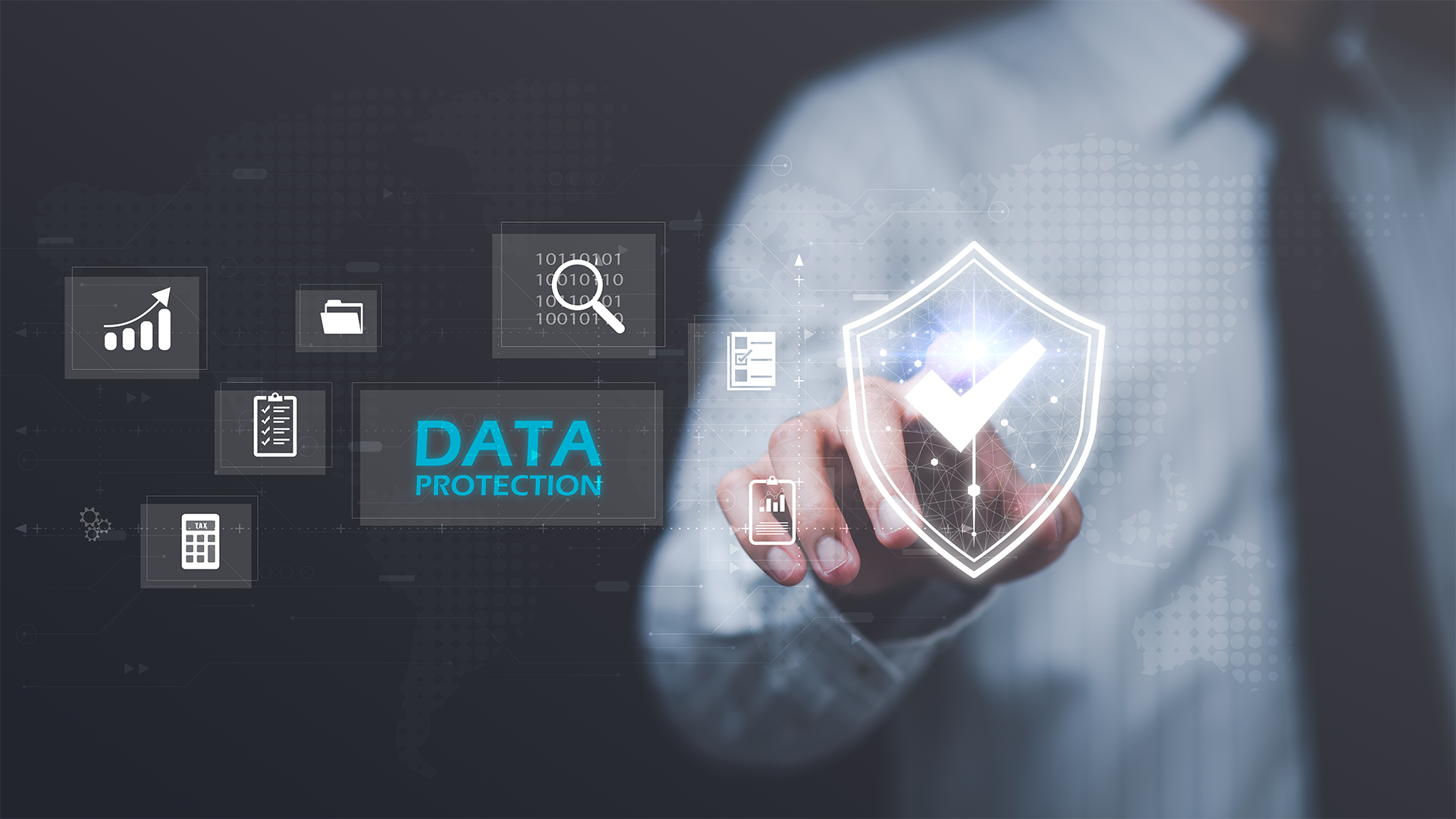
Thank you
Our team of industry domain experts combined with our guaranteed SLAs, our world class technology .


Get Immediate Help
In the ever-evolving landscape of healthcare, where patient data flows across devices, networks, and providers, safeguarding sensitive information isn’t just a regulatory requirement—it’s a moral obligation. Yet, with cyber threats becoming increasingly sophisticated, ensuring healthcare cybersecurity that aligns with HIPAA compliance can feel like navigating a minefield.
The good news? By adopting a proactive approach that integrates robust cybersecurity strategies with HIPAA security rules, healthcare organisations can protect patient data, meet compliance standards, and foster trust. Let’s explore how to build a resilient cybersecurity framework that supports HIPAA compliance and secures sensitive healthcare data.

Healthcare cybersecurity refers to the practices, technologies, and strategies used to protect healthcare systems, devices, and data from cyber threats. This includes safeguarding sensitive patient information, such as Protected Health Information (PHI), from breaches, unauthorised access, and other cyber risks.
By aligning cybersecurity efforts with HIPAA security standards, healthcare organisations can ensure their systems not only protect data but also comply with legal requirements.
The healthcare industry is a prime target for cybercriminals due to the value of PHI on the black market. A single breach can expose thousands of records, leading to financial penalties, loss of patient trust, and operational disruptions.
Key reasons healthcare organisations need robust cybersecurity include:
Compliance with HIPAA Security Rules: HIPAA mandates administrative, physical, and technical safeguards to protect PHI.
Rising Cyber Threats: From ransomware to phishing, threats targeting healthcare are becoming more frequent and sophisticated.
Maintaining Patient Trust: Patients expect their data to be handled with the utmost care and security.

Evolving Threat Landscape
Cyber threats are constantly changing, making it challenging for healthcare organisations to keep pace.
Complex Regulatory Requirements
Navigating the complexities of HIPAA compliance can be overwhelming, especially for smaller organisations.
Resource Constraints
Many healthcare providers lack the resources or expertise to implement comprehensive cybersecurity measures.
Human Error
Despite technological safeguards, employees remain a weak link due to phishing attacks and poor cybersecurity practices.

To support HIPAA compliance, healthcare organisations must focus on the following components:
1. Conduct a HIPAA Risk Assessment
A HIPAA risk assessment identifies vulnerabilities in your systems, processes, and policies that could expose PHI to risks. This assessment should include:
Identifying potential threats.
Evaluating current security measures.
Addressing gaps with actionable solutions.
2. Foster a Cybersecurity Culture
Building a cybersecurity culture within your organisation ensures that employees understand the importance of data protection and their role in maintaining it. Strategies include:
Regular cybersecurity awareness training.
Clear policies for handling PHI.
Encouraging employees to report suspicious activities.
3. Implement Data Protection Strategies
Effective data protection strategies safeguard PHI from unauthorised access and breaches. These include:
Encrypting data at rest and in transit.
Implementing multi-factor authentication (MFA).
Using role-based access controls to limit data access.
4. Develop an Incident Response Plan
A robust incident response plan ensures your organisation can quickly detect, contain, and recover from cyber incidents. Key components of the plan include:
Identifying roles and responsibilities during a breach.
Establishing communication protocols.
Conducting post-incident reviews to improve response efforts.
5. Align with HIPAA Security Rules
The HIPAA security rules require organisations to implement safeguards in three categories:
Administrative Safeguards: Policies and procedures to manage PHI security.
Physical Safeguards: Measures to protect systems from physical threats, like theft or natural disasters.
Technical Safeguards: Technologies to protect PHI, such as encryption and access controls.
6. Perform Regular HIPAA Security Risk Analyses
Ongoing risk analyses help identify emerging threats and ensure your cybersecurity measures remain effective.

1. Partner with HIPAA-Compliant Vendors
Ensure that all third-party vendors handling PHI comply with HIPAA regulations. A Business Associate Agreement (BAA) is mandatory to define their responsibilities.
2. Educate and Empower Employees
Regular training on cybersecurity awareness helps employees recognise threats like phishing emails and understand their role in maintaining security.
3. Monitor and Update Systems Regularly
Conduct regular audits to ensure systems are updated with the latest patches and security configurations.
4. Leverage Advanced Threat Detection Tools
Use tools like intrusion detection systems (IDS) and endpoint detection and response (EDR) solutions to identify and mitigate threats in real-time.
5. Establish Robust Access Controls
Restrict access to PHI using least-privilege principles, ensuring employees only access data necessary for their roles.

Regulatory Compliance: Avoid hefty fines and legal consequences by adhering to HIPAA standards.
Enhanced Patient Trust: Demonstrates a commitment to safeguarding sensitive information.
Operational Resilience: Minimises downtime and disruptions caused by cyber incidents.
Proactive Risk Management: Identifies and mitigates vulnerabilities before they are exploited.
At Microminder Cybersecurity, we specialise in creating tailored solutions to build healthcare cybersecurity that aligns with HIPAA compliance.Our services include:
HIPAA Risk Assessments: Identifying and addressing vulnerabilities in your security framework.
Incident Response Planning: Preparing your organisation to handle and recover from breaches effectively.
Cybersecurity Awareness Training: Empowering your staff with the knowledge to recognise and prevent cyber threats.
Data Protection Strategies: Implementing encryption, access controls, and other measures to safeguard PHI.
Continuous Monitoring: Proactive threat detection and mitigation to keep your systems secure.
Creating a strong foundation of healthcare cybersecurity is not just about protecting sensitive data—it’s about building trust, maintaining regulatory compliance, and ensuring operational resilience. By aligning your security measures with HIPAA security rules, conducting regular risk assessments, and fostering a culture of cybersecurity awareness, your organisation can effectively safeguard patient information against evolving threats.
Remember, healthcare cybersecurity isn’t a one-time task—it’s a continuous journey that requires proactive measures, advanced tools, and a commitment to improvement. With the right strategies in place, you can navigate the complexities of HIPAA compliance, protect your organisation from cyber risks, and provide peace of mind to your patients and stakeholders.
Ready to build a robust cybersecurity framework that supports HIPAA compliance? Contact us today to secure your healthcare organisation and protect your patients.
Don’t Let Cyber Attacks Ruin Your Business
Call
UK: +44 (0)20 3336 7200
KSA: +966 1351 81844
UAE: +971 454 01252
Contents
To keep up with innovation in IT & OT security, subscribe to our newsletter
Recent Posts
Penetration Testing | 10/11/2025
Cloud Security | 07/11/2025
Cybersecurity | 06/11/2025
What is healthcare cybersecurity?
Healthcare cybersecurity refers to the practices, tools, and strategies used to protect healthcare systems, devices, and sensitive patient data from cyber threats like hacking, ransomware, and unauthorised access.Why is cybersecurity important in healthcare?
Cybersecurity is crucial in healthcare to safeguard Protected Health Information (PHI), maintain patient trust, ensure operational continuity, and comply with legal requirements like HIPAA.What are the HIPAA Security Rules?
HIPAA Security Rules are federal standards that require healthcare organisations to protect electronic PHI (ePHI) through administrative, physical, and technical safeguards.What is a HIPAA risk assessment?
A HIPAA risk assessment identifies potential vulnerabilities in an organisation’s systems, evaluates the effectiveness of existing security measures, and recommends strategies to address gaps.How can healthcare organisations protect patient data?
Implement robust encryption for data at rest and in transit. Use access controls to limit data access to authorised personnel. Conduct regular risk assessments and compliance audits. Train employees on recognising and preventing cyber threats.